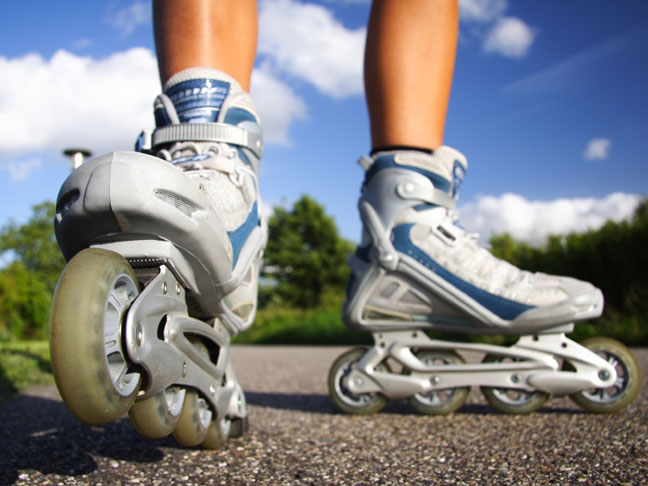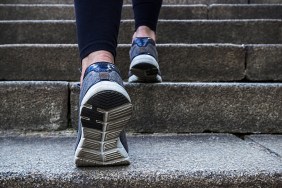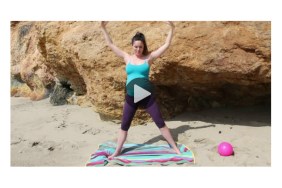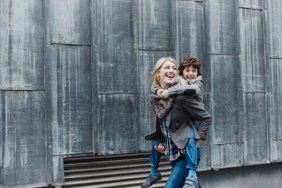It’s no secret that speed skaters have amazing bodies. Their sculpted legs and toned cores are directly correlated to their workouts torching up to 900 calories an hour.
While not all of us have access to a track to experiment with speed skating, most of us can ice skate at a local rink or rollerblade, depending on our geographic locations and climates.
Leg Muscles Wanted—and Skating Delivers!
You don’t have to be a fitness buff to enjoy time on skates. If you choose to include your family, you may actually spend the majority of your time squatting down, enlisting several leg and core muscle groups, to help small children back up to their feet. Because it requires balance, skating calls on many of the smaller stabilizer muscles we don’t normally use day to day. It helps to tone your calves, glutes, quadriceps, core, and even your arms, if you are using them to help propel yourself forward.
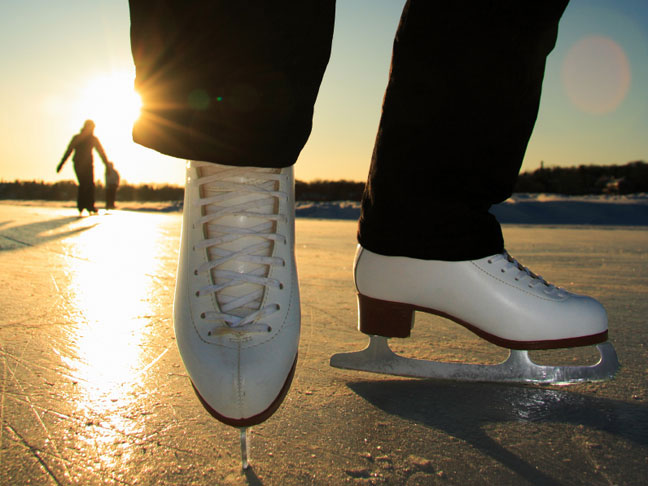 Try these exercises to facilitate stronger legs for skating:
Try these exercises to facilitate stronger legs for skating:
Seated Leg Press
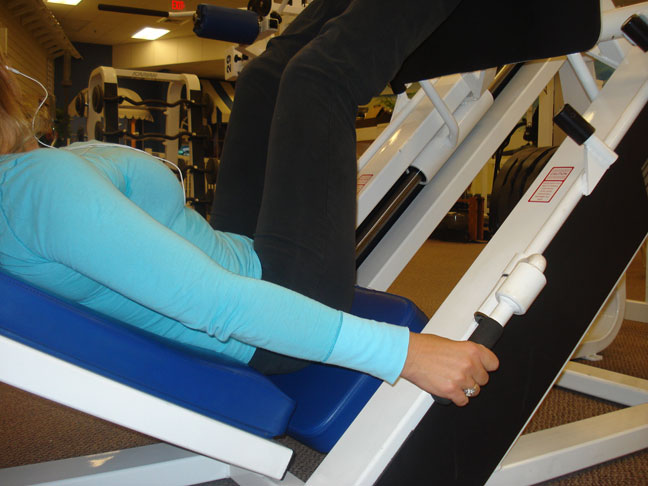
Seated leg press works the major muscle groups of your legs to strengthen them for skating. Be sure to keep your feet shoulder width apart and to keep your lower back in contact with the seat throughout the exercise. Bend your knees to bring the weighted plate toward your chest. Extend your legs to return to your starting position, without locking out your knees at the top. Repeat ten times for each set of three.
Squats with Barbell
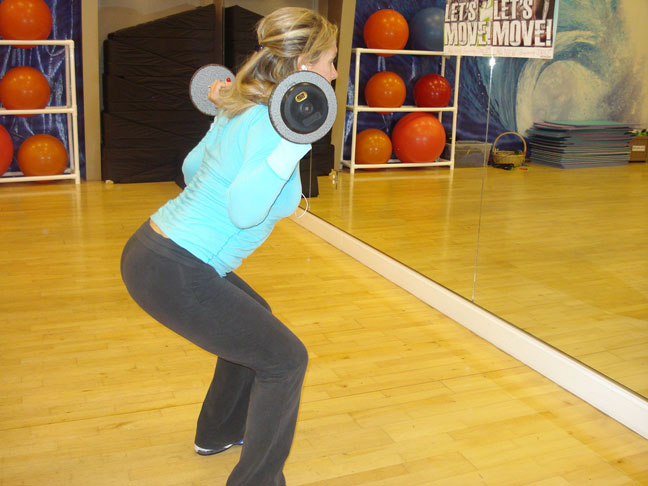
Rest a barbell on your upper back (not your neck), your trapezoids. Again, with your feet shoulder width apart, bend your knees and lower into a squat until your thighs are about parallel with the ground. Return to the top; complete a set of ten for 3 sets.
Reverse Lunges with Dumbbells
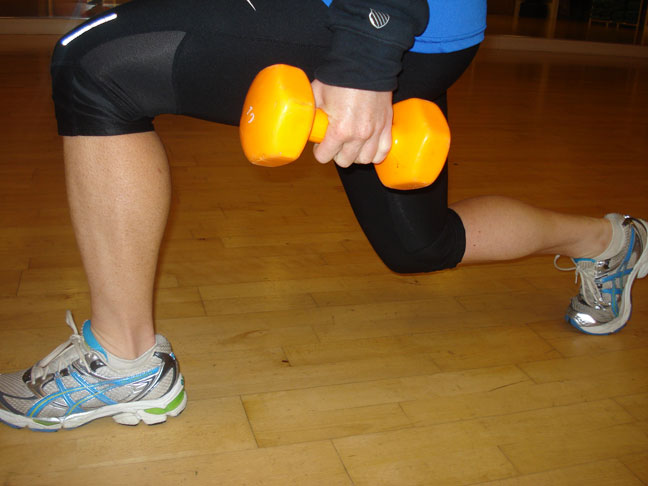
Standing upright with dumbbells in hand, take a step behind you on the ball of your foot, dropping your knee toward the floor. Concentrate on keeping your front knee inline with your knee as it bends, as well. Return to starting position and switch legs. Repeat 8-12 times each side for a total of 3 sets.
Adjusting the Climate Control
If you live in a year-round affable climate, you are fortunate enough to get outdoors and enjoy the scenery while rollerblading your way to a better body. If your location allows you the unique privilege of enjoying a frozen lake or pond, or you can ice skate at a local rink, it is may be appealing to you to know you can enjoy physical activity with only an additional layer or two of clothing, and then immediately retreat to your heated car or home. Conveniently, ice skating is confined to a relatively small and specific area, allowing you to work up a sweat and then get out of the elements, unlike running or skiing in winter conditions, which generally require larger boundaries.
Equipment Required for Skating
Minimum equipment is required for this fitness activity, apart from a pair of skates and a helmet. Some people opt for additional protection, such as gloves, or elbow and knee pads when navigating sidewalks. Many skating facilities will rent skate for as little as $3 a pair for the entire day.
Lacing up a pair of skates is sure to make you feel like a kid all over again. As a fitness activity, it is fun the whole family can participate in together. Whether rollerblading along the beach boardwalk or zipping laps around the ice, skating is a proven workout. You can vary the intensity, often control the conditions, and make it a social event for everyone involved.
